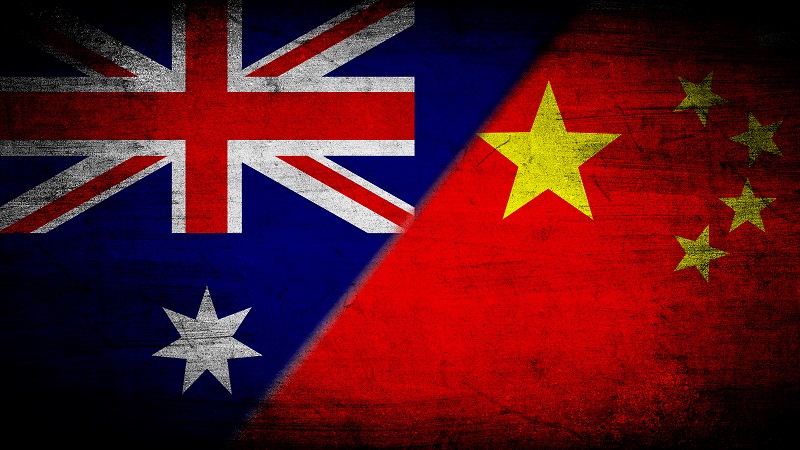Grading the China-Australia Free Trade Agreement
June 29 2017

In a 12 month period between December 2014 and December 2015, Australia clinched free trade agreements (FTAs) with Korea (KAFTA, enacted December 12 2014), Japan (JAEPA, enacted January 15 2015) and China (ChAFTA, enacted December 20 2015). A decade earlier, Australia had sealed an FTA with the US (AUSFTA, enacted January 1 2005). The combination means that Australia now has FTAs with its four biggest overseas customers.
As many observers have noted however, FTAs are not Free Trade Agreements, as such, but rather Freer Trade Agreements. In each of Australia’s bilateral FTAs, some product lines have been excluded from the concessions agreed to by both countries. Commitments to reduce trade barriers such as tariffs for many product lines were also to be phased in gradually rather than eliminated overnight. Further, even upon full implementation, tariffs for some product lines will remain, albeit often at a reduced level.
This raises questions around the quality of the respective agreements. Prior to the recently completed round of FTAs, which country had the highest tariff wall against Australian exports? How quickly are tariffs reduced in ChAFTA compared with JAEPA and KAFTA? And after the commitments contained in Australia’s FTAs are full implemented, how significant will residual tariffs be in China compared with other major export markets? To shed light on these questions, this research benchmarks ChAFTA against AUSFTA, JAEPA and KAFTA.
Key findings include:
1. Prior to ChAFTA being enacted at the end of 2015, Australia’s agricultural exports to China faced average tariff rates that were three times higher than to the US. Australia’s FTA with the US came into force in 2005.
2. Australia also recently completed FTAs with Japan and Korea, in January 2015 and December 2014, respectively. In all three cases, Australian exporters gain significant advantages over their competitors.
3. Tariffs on Australia’s agricultural exports are removed at a faster pace in ChAFTA than in JAEPA and KAFTA.
4. By 2019 the simple average tariff rate on Australia’s agricultural exports to China will be lower than to the US, Japan and Korea.
5. Upon full implementation, ChAFTA contains a higher proportion of agricultural product lines that are tariff-free for Australia’s exports than AUSFTA, JAEPA and KAFTA.
6. Amongst Australia’s ‘big four’ bilateral FTAs, ChAFTA contains the lowest proportion of agricultural product lines that were excluded from offering concessions.
Authors: Ange Ou, Visiting Research Student, Australia-China Relations Institute, University of Technology Sydney; James Laurenceson, Deputy Director, Australia-China Relations Institute, University of Technology Sydney.
To read the full report please download the PDF.
View the full dataset here. Data sources used in this paper are referenced throughout. A stand-alone copy of the full data set in Excel format is available from the authors upon request.
